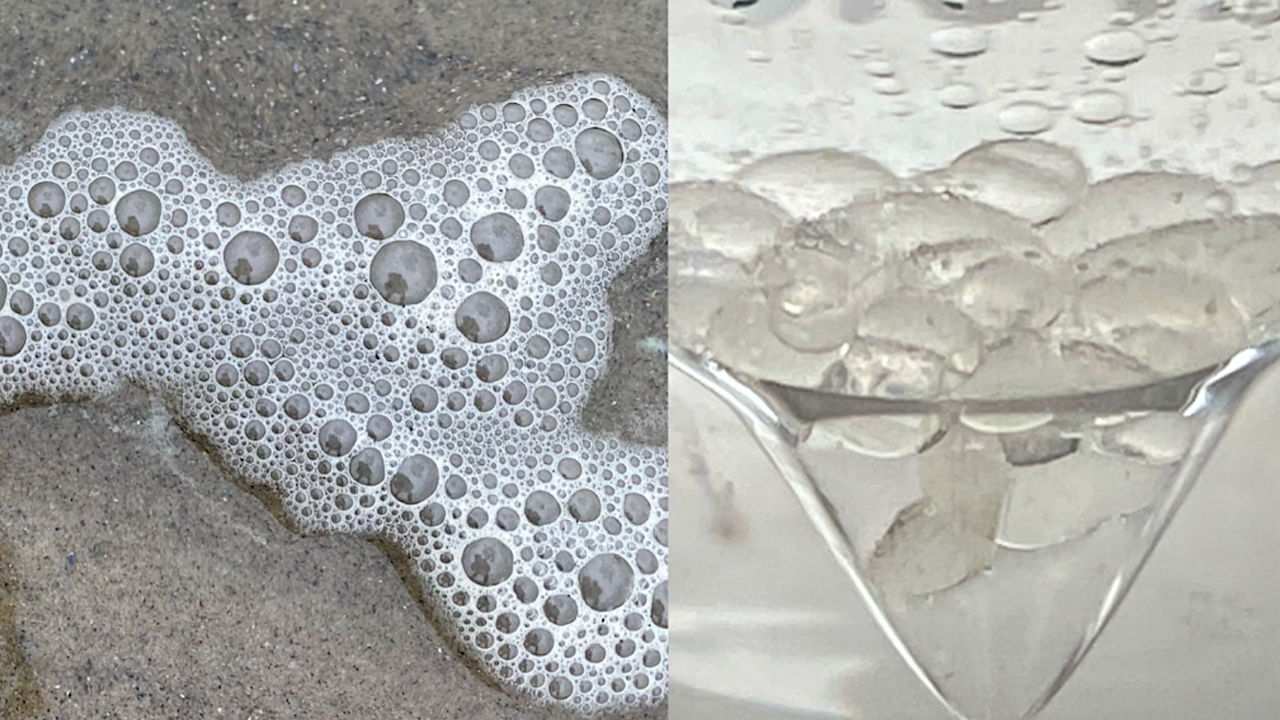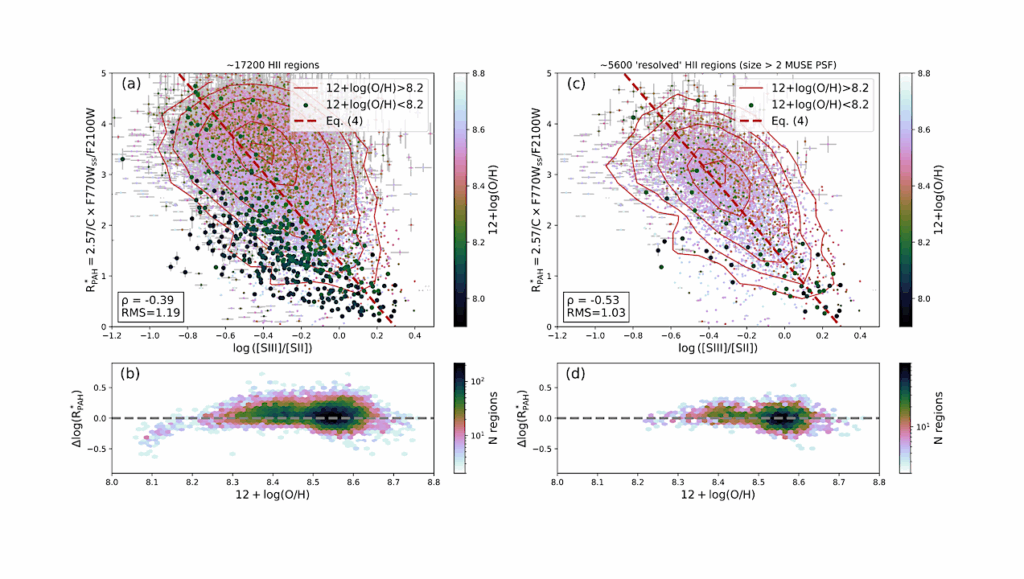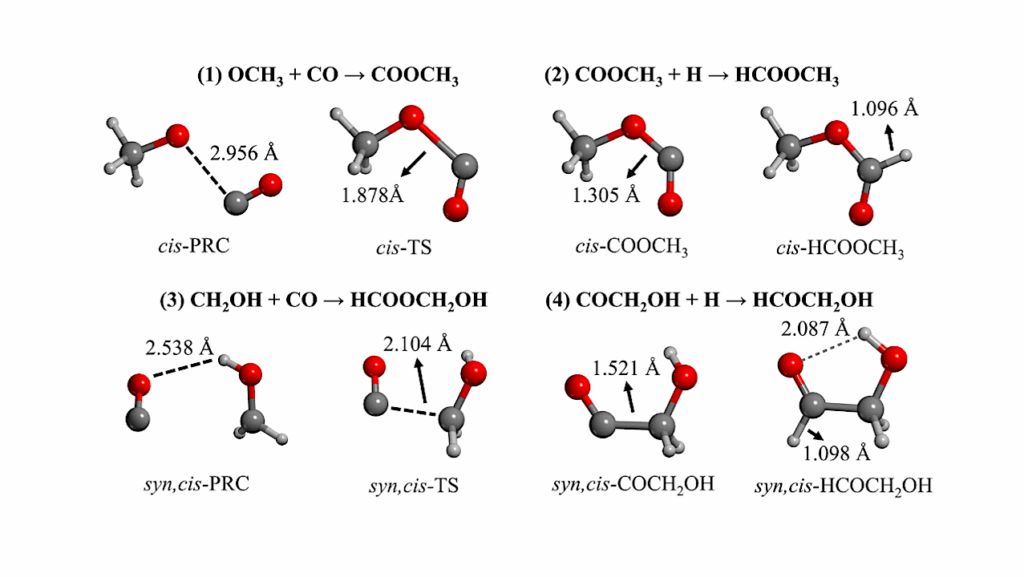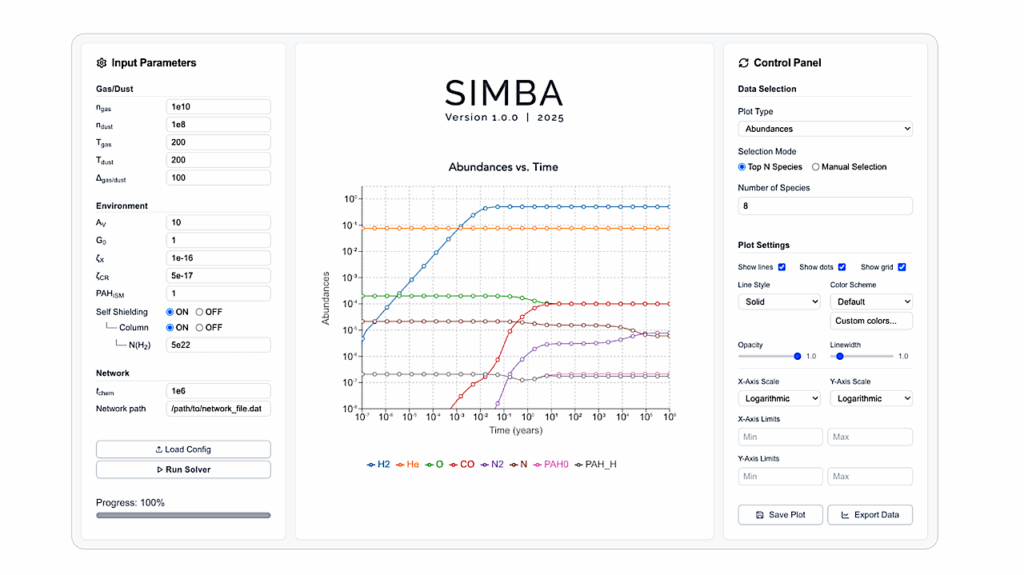Sea Foam Contains Hemoglycin From Cosmic Dust

In-falling cosmic dust has left evidence of meteoritic polymer amide in stromatolites, both fossil and modern.
In search of evidence for continued present day in-fall sea foam was collected from two beaches in Rhode Island and subjected to Folch extraction to concentrate amphiphilic components in a chloroform water-methanol interphase layer.
Hemoglycin polymer amide molecules previously characterized by MALDI mass spectrometry in meteorites and stromatolites were identified in sea foam either directly, or via their fragmentation patterns.
Residual isotope enrichment pointed to an extra-terrestrial origin. The unique resiliency of sea foam may be due to the formation of extended hemoglycin lattices that stabilize its closed-cell structure and its lightness can potentially be explained by photolytic hydrogen production.

Sea foam, sample 17, at Lloyds Beach location January 2024. This sea foam stretched more than 100m out to sea. This location on this day produced foam that was not clean and contained visible sand and plant matter from the turbulent mixing of the sea by the wind and waves. — physics.chem-ph
Hemoglycin is present in sea foam, but does it contribute to the foam structure, or is it merely present as one of many organic components? The ready formation of vesicles by hemoglycin, mentioned above, could allow it to contribute to the structure of the very thin walls throughout sea foam. In prior work [3] and an unpublished observation of x-ray scattering (S2) we have found that hemoglycin rods can form a planar hexagonal lattice with side length of about 4nm, the length of a 1494Da core hemoglycin unit. Such an effectively two-dimensional lattice can, with small admixtures of pentagons or hexagons, cover arbitrary curved surfaces. In the S2 data, a crystal of hemoglycin derived from the Sutter’s Mill meteorite [6] contained a region that scattered x-rays into a simple set of six directions, the pattern persisting over a large range of incident angles, leading to the identification of scattering by a lenticular form, or collapsed vesicle, with multiple layers of this hexagonal lattice covering its surface. It is therefore possible to imagine that hemoglycin would be able to reinforce surfactant layers, allowing them to be very stable even as water drained from them, creating the very light and rugged foam that we observe. Finally, in regard to the propensity for sea foam to detach and fly in the wind, we have identified a possible water-splitting reaction cycle in which the hydroxyglycine next to a terminal iron atom can in two stages [8] effect the overall reaction 2H2O + 2hv –> H2 + H2O2 , partially filling sea foam cavities with hydrogen.
Julie E. M. McGeoch, Malcolm W. McGeoch
Comments: 32 pages, 11 figures, 4 Tables
Subjects: Chemical Physics (physics.chem-ph); Earth and Planetary Astrophysics (astro-ph.EP); Atmospheric and Oceanic Physics (physics.ao-ph); Geophysics (physics.geo-ph)
Cite as: arXiv:2410.01043 [physics.chem-ph] (or arXiv:2410.01043v1 [physics.chem-ph] for this version)
https://doi.org/10.48550/arXiv.2410.01043
Focus to learn more
Submission history
From: Julie McGeoch
[v1] Tue, 1 Oct 2024 20:04:54 UTC (16,755 KB)
https://arxiv.org/abs/2410.01043
Astrobiology, Astrochemistry,








